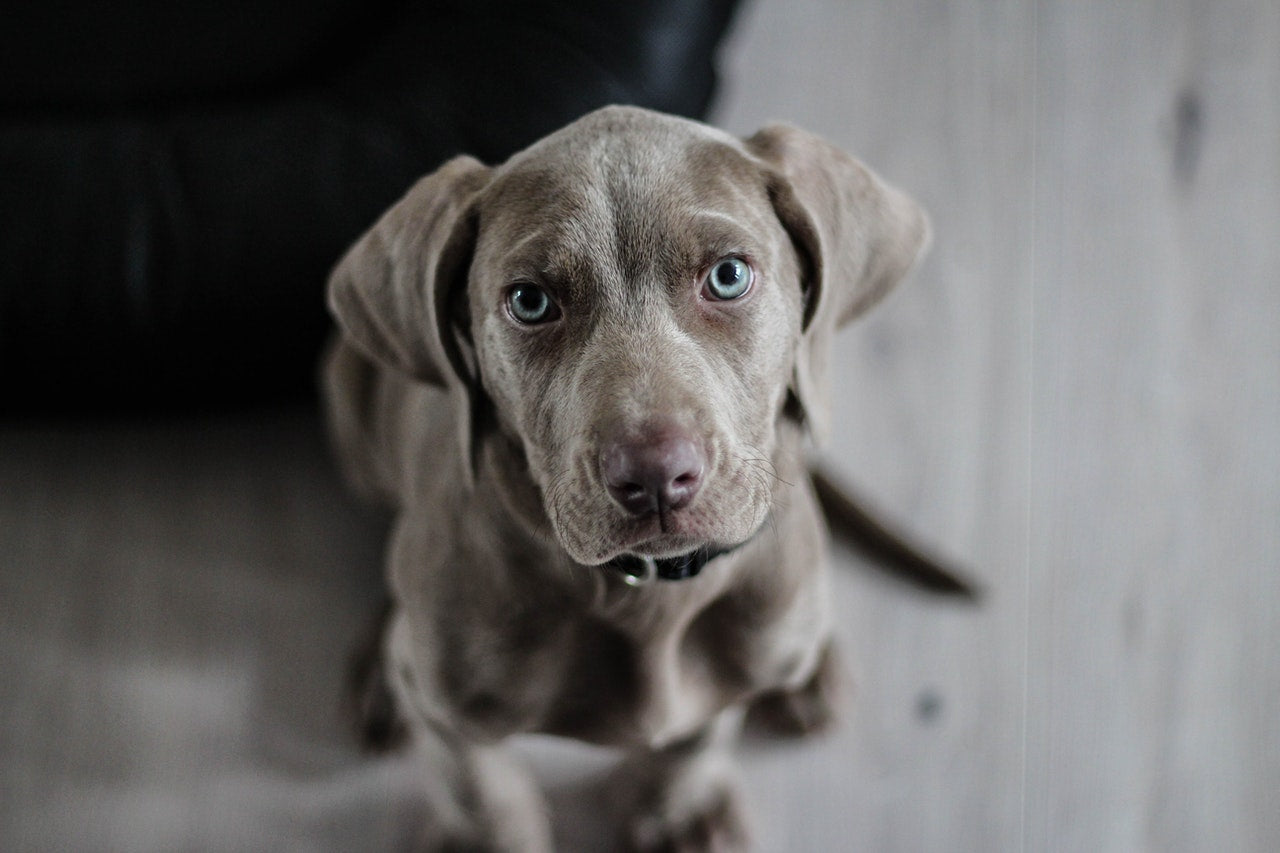
Exercise
We all know the benefits of exercise and what it can do to our minds and bodies. A good set of exercises can help us unwind and release some of our unused energies. It seems that these benefits can also have similar effects in dogs. A 25-minute workout along with a human contact session can help reduce your dog's anxiety levels.
Studies have shown that mild exercise and human contact can have a calming effect on canines and it has been observed by the reduction of cortisone levels as seen in the dog's saliva.
Massage
Massage in humans helps us to calm down and relax, but did you know that the benefits of massage also work with dogs? When our pet is anxious, their muscles tense and massage therapy is the best way to alleviate tension.
Play Some Music
One research has found that playing classical music can help reduce the stress levels of dogs. The animals were barking less and it helped lower their respiratory rates as well as the level of stress hormones (cortisol). Music can also reduce noise sensitivity by blocking noises that bother dogs and create anxiety.
Distraction
You can try to divert their attention from what is making them anxious to something else. An example of distracting them is to bring out their favorite toy to distract them from whatever it is that is making them feel anxious.
Take Some Time Out
A study has shown in therapy dogs in a stressful environment shows that when dogs were given one to two hours of time for themselves their stress levels have decreased.
Prevention
It can be difficult to predict what makes your dog anxious, and even more difficult if your dog's anxiety develops into a more serious disorder. Here are some ways to help avoid your dog's anxiety.
Learn to read your dog's body language. Knowing when your dog is scared or uncomfortable can help avoid negative experiences. Your pet's body language can tell if they are getting anxious.
Obedience training can help to prevent and manage your pet's anxiety. A well-trained dog is easy to socialize with compared to dogs without training. Moreover, obedience classes can help meet other dogs.
Proper socialization can help reduce the development of anxiety. Introduce your dog to dogs, animals, people, places, and experiences to help avoid exaggerated responses. It also helps them become well adjusted to the world they live in.
Let them face their fears. Expose them to the very little thing they fear slowly until they become more accepting of it. This is called desensitization. You can also perform counter conditioning by pairing a fearful situation in low levels with something that they really like. For example, if your dog fears people, you can expose them to a person standing at a distance while you feed them their favorite snacks. When your pet no longer shows any concern.
